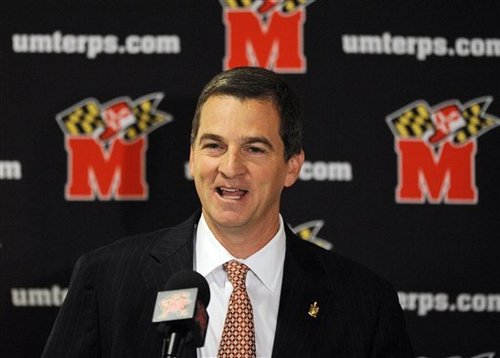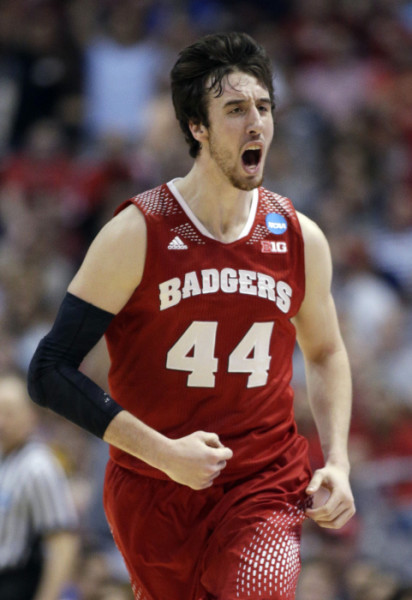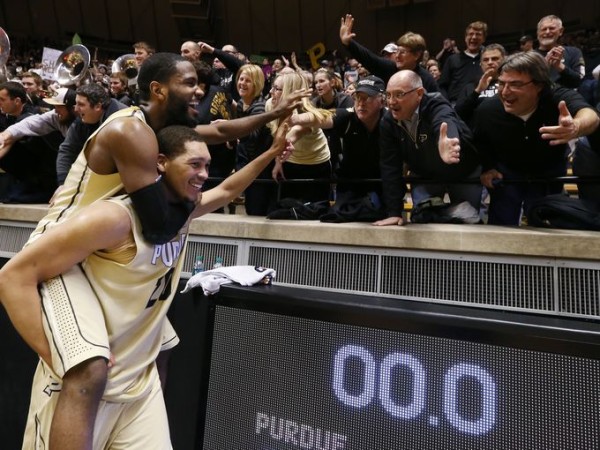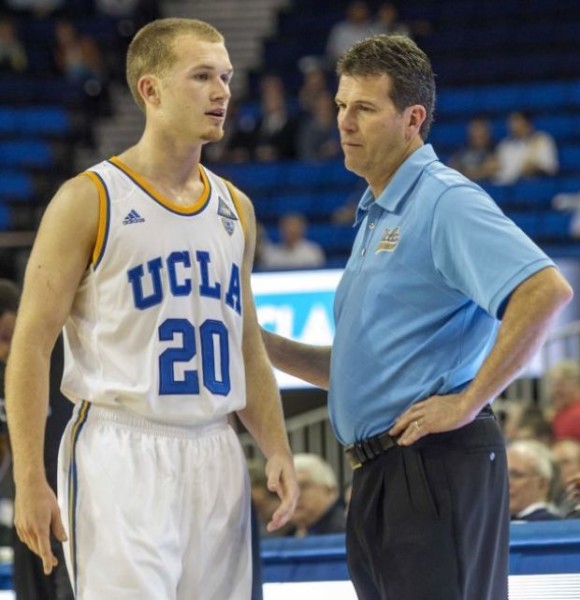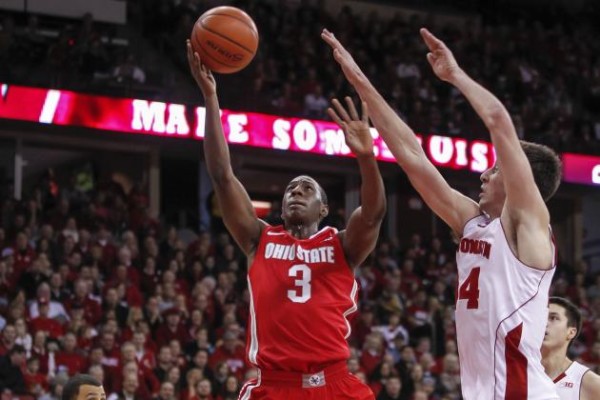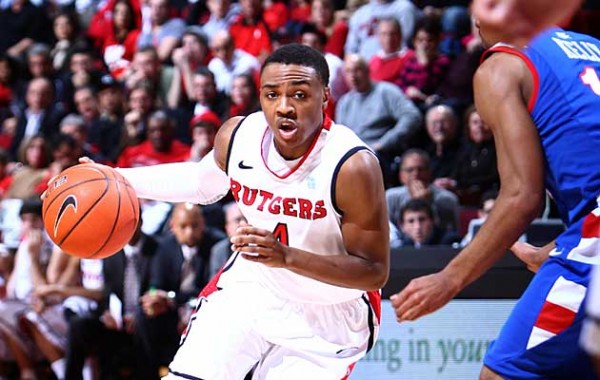Big Ten Player of the Year & Defensive Player of the Year
Posted by Brendan Brody on March 10th, 2015After making appearances on the RTC First Team All-Big Ten squads, it should come as no surprise that two members of that team will receive additional individual honors here. Wisconsin’s Frank Kaminsky is our choice for Big Ten Player of the Year and Purdue’s AJ Hammons is our Defensive Player of the Year.
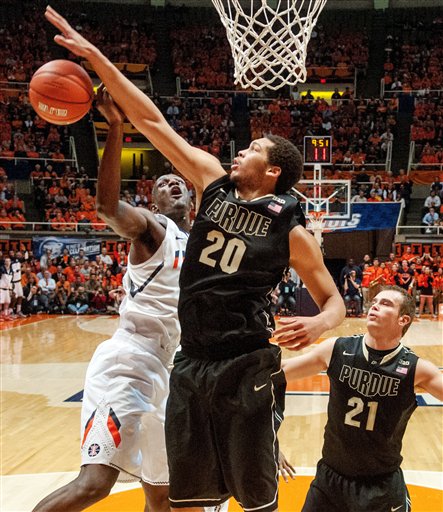
AJ Hammons’ ability to alter and block shots makes him the RTC Defensive Player of the Year. (Darrell Hoemann, AP)
Anyone who’s followed college basketball at all this season knows that Kaminsky has had an outstanding year. His breakout campaign last season resulted in the Badgers running all the way to the Final Four, but he’s elevated his game this season with even greater versatility. Mostly just a spot-up shooter during his first two seasons in Madison, the Illinois native has expanded his last season’s more developed post game to finish better at the rim and do so in a number of ways — he closed out the regular season shooting 60.0 percent on two-point shots. He’s also continued to shoot well from the outside, closing the year with marks of 41.0 percent from three and an effective field goal rate of 60.3 percent, best in the Big Ten. Two major gains in production this season that haven’t gotten as much attention are his improvements on the defensive boards and as a passer. He sports a 25.5 percent defensive rebounding rate, up from 18.4 percent a season ago, helping his team prevent extra possessions by holding its opponents to just one shot. His passing has also picked up by necessity in light of Traveon Jackson’s midseason injury, turning Kaminsky into a more willing passer adept at finding the open man out of a double-team. There aren’t too many other centers who can lead an offense at the top of the key, but Kaminsky has no problem doing just that. The NPOY candidate can beat teams in so many different ways that it makes him a logical selection for our top player honor in this season’s Big Ten.





























